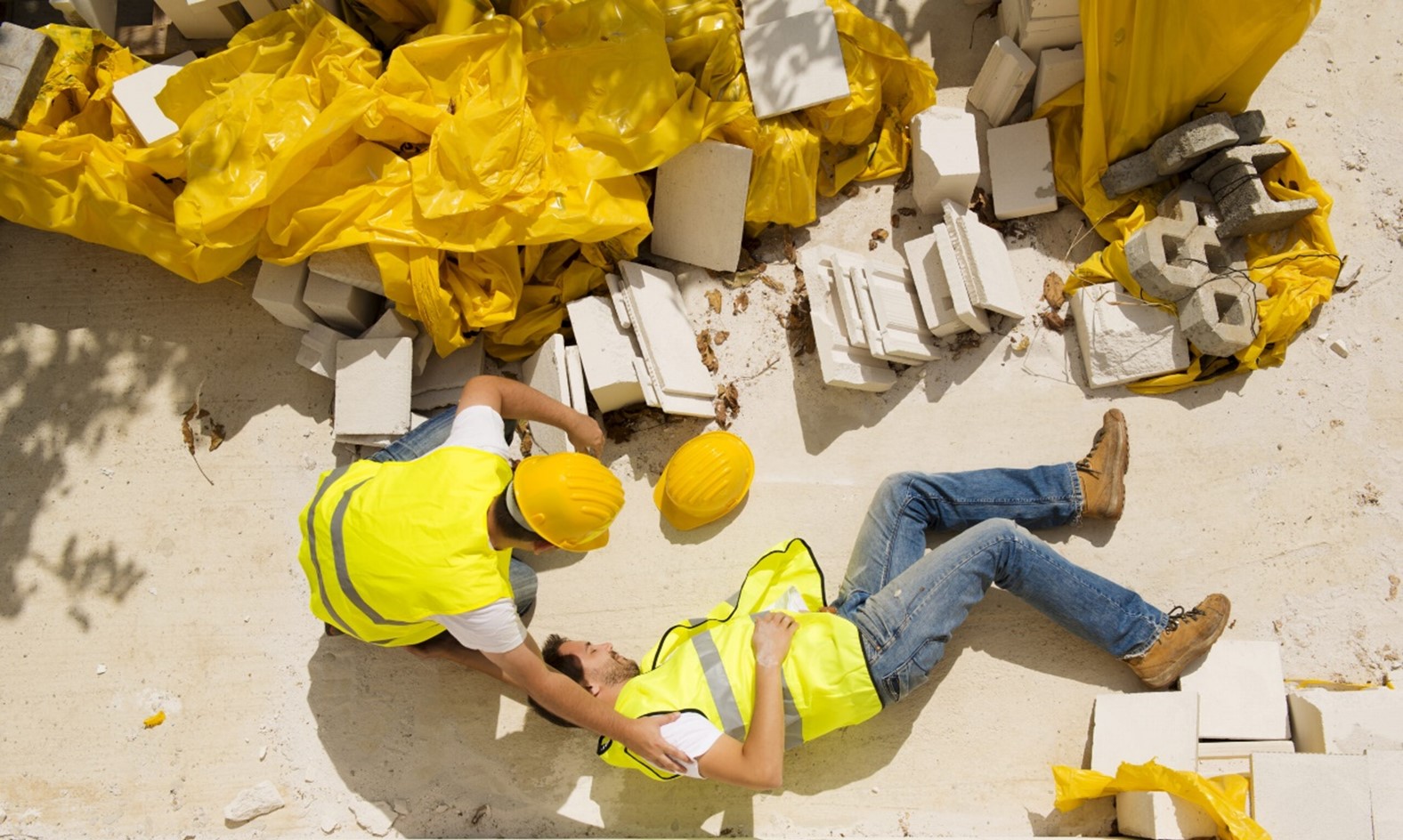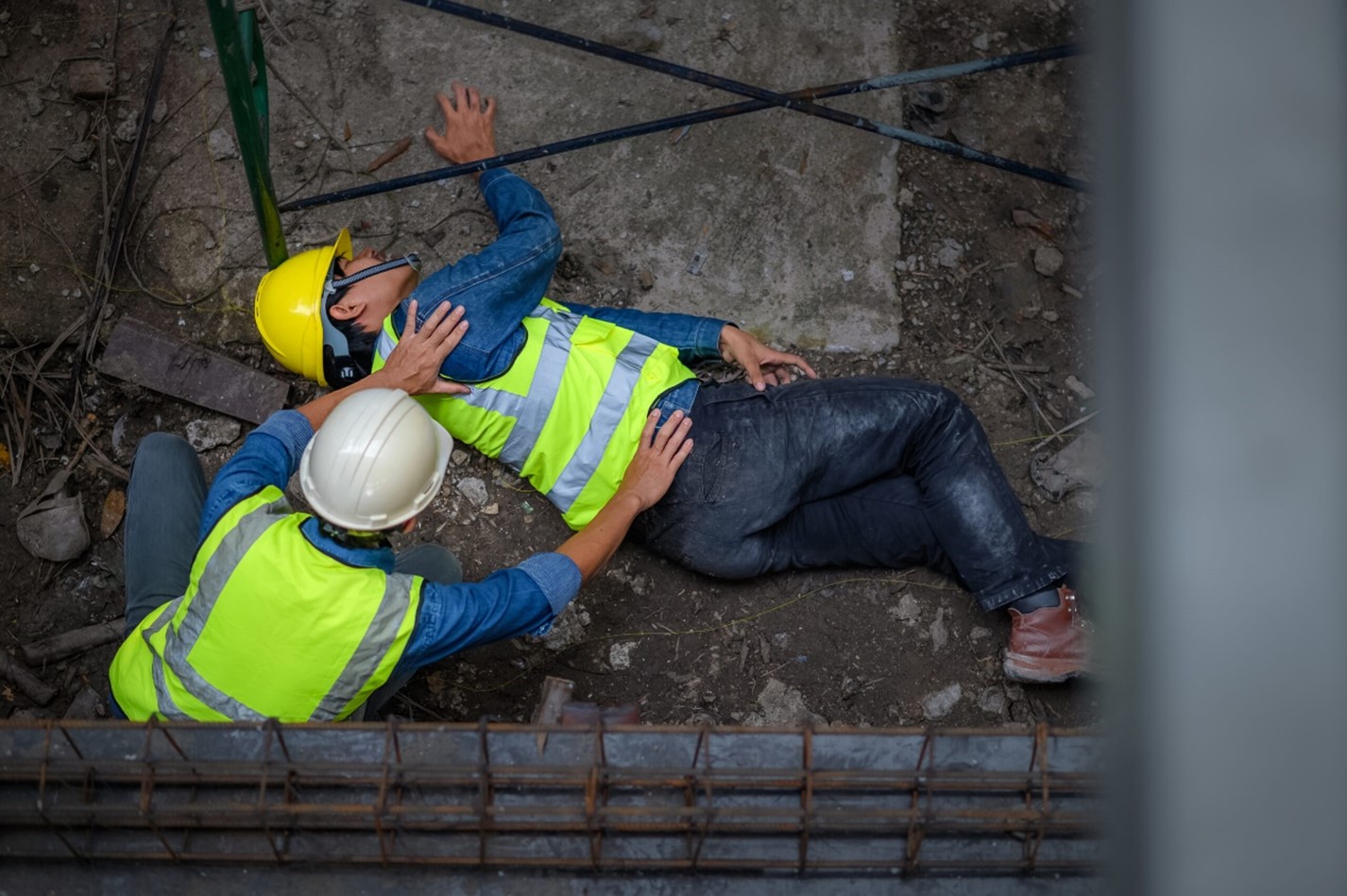In the bustling city of Yonkers, NY, ladder injuries are an unfortunate yet common occurrence. These accidents often happen in construction sites, warehouses, and even in residential settings, leading to a wide range of injuries from minor bruises to life-threatening conditions. Understanding your legal rights and the steps to take following a ladder injury is crucial. This comprehensive guide will delve into the specifics of ladder injuries in Yonkers, NY, and provide you with the necessary information to navigate the legal landscape and seek the compensation you deserve.
Understanding Ladder Injuries: The Risks and Impacts
Ladder injuries can occur in various scenarios, from a simple fall at home to a more complex accident on a construction site. The consequences of these accidents can be severe, ranging from broken bones and lacerations to traumatic brain injuries and spinal cord damage. The impact of these injuries extends beyond physical pain, affecting your ability to work, your financial stability, and your overall quality of life.
Common Causes of Ladder Injuries
Improper Ladder Setup:
Many ladder injuries occur when the ladder is set up on an uneven or unstable surface, leading to a loss of balance. Additionally, setting the ladder at an incorrect angle can compromise its stability, increasing the risk of tipping or collapsing. It’s essential to ensure the ladder is positioned on a solid, level base and at the appropriate angle for safe use.
Overreaching:
A common mistake is attempting to reach too far from the ladder, which can cause it to become unbalanced and tip over. This often happens when individuals try to extend their reach beyond the safe limits of the ladder, resulting in a fall. It’s important to maintain a centered position and move the ladder closer to the work area instead of overreaching.
Using a Damaged Ladder:
Utilizing a ladder with structural defects, such as broken rungs or a compromised frame, significantly increases the risk of accidents. Damage to the ladder can lead to unexpected collapses or failures while in use. Regular inspection and maintenance of ladders are crucial to identify and address any damage before use.
Lack of Safety Equipment:
Failing to use safety harnesses, helmets, or other protective gear when required can result in more severe injuries in the event of a fall. Safety equipment is designed to mitigate the impact of accidents and provide added protection to the user. It’s vital to utilize appropriate safety gear in accordance with the nature of the task and the height involved.
Inadequate Training:
Many ladder injuries stem from a lack of proper training on how to safely use and handle ladders. Inexperienced individuals may make critical errors, such as overloading the ladder or using it for unintended purposes. Comprehensive training on ladder safety, including correct setup, usage, and handling, is essential to prevent accidents.
Types of Ladder Injuries
Victims of ladder accidents can suffer from a wide range of injuries, each with varying degrees of severity.
Fractures:
Commonly occur in the limbs, fractures from ladder accidents can range from simple breaks to complex fractures requiring surgery and long-term rehabilitation.
Head Injuries:
Injuries such as concussions or traumatic brain injuries can result from falls, potentially leading to cognitive impairments, headaches, and other lasting effects.
Spinal Cord Injuries:
These serious injuries can lead to paralysis, loss of sensation, and other severe disabilities, impacting the victim’s independence and quality of life.
Sprains and Strains:
Overstretching or tearing of ligaments and muscles can occur during falls, leading to pain, swelling, and limited mobility.
Cuts and Lacerations:
Sharp edges or falling debris can cause cuts, requiring stitches and posing a risk of infection.
Dislocations:
Joints such as shoulders or elbows can be dislocated upon impact, requiring medical intervention and possibly leading to chronic instability.
Legal Rights and Responsibilities
In the context of ladder safety, both employers and employees have specific rights and responsibilities. Employers are obligated to provide a safe working environment, which includes ensuring that ladders are in good condition and that employees are trained in their proper use. Employees, on the other hand, have the right to a safe workplace and the responsibility to follow safety protocols and report any hazards or incidents.
Steps to Take After a Ladder Injury
If you have suffered a ladder injury, it is crucial to take immediate action to protect your health and legal rights. First and foremost, seek medical attention to address your injuries. Report the injury to your employer or the relevant authorities as soon as possible. Additionally, document the incident in detail, including the circumstances leading up to the injury, the condition of the ladder, and any witnesses present. This documentation will be invaluable if you decide to pursue legal action.
Ladder Injuries Attorney in Yonkers NY
Building a Strong Case
Building a strong legal case for a ladder injury requires careful collection and presentation of evidence. Key components of a strong case include gathering evidence from the scene of the accident, such as photographs of the ladder and surrounding area; collecting witness statements from anyone who saw the incident; and seeking expert testimony, such as from medical professionals or safety experts, to support your claims.
Compensation for Ladder Injuries
Victims of ladder injuries may be entitled to compensation for various damages, including medical expenses for treatment and rehabilitation, lost wages due to time off work, and pain and suffering. In some cases, victims may also be eligible for compensation for future medical care, lost earning capacity, and other long-term effects of their injuries.
Challenges in Ladder Injury Cases
Ladder injury cases often involve complex legal challenges. One of the primary difficulties is proving negligence, which requires demonstrating that the employer or another party failed to provide a safe working environment. Additionally, victims must be aware of the statute of limitations, as there is a specific time frame within which they must file a claim to seek compensation. Another challenge is the issue of contributory negligence, where the victim’s own actions may have played a role in the accident, potentially reducing the compensation they are entitled to. Navigating these challenges effectively demands the expertise of a skilled legal team with experience in personal injury cases.
Choosing the Right Personal Injury Lawyer
Selecting the right lawyer is a critical step in pursuing a ladder injury claim. Look for an attorney with experience in handling ladder injury cases and a track record of success. Consider factors such as the lawyer’s reputation, client testimonials, and the transparency of their consultation process. A good lawyer will be able to assess the merits of your case, guide you through the legal process, and advocate for your rights and interests.
Navigating the Legal Process
The legal process for a ladder injury claim can be complex and daunting. It typically involves filing a claim, negotiating with insurance companies or defendants, and possibly going to trial if a settlement cannot be reached. Having a knowledgeable personal injury lawyer by your side can help you navigate this process and increase your chances of securing a favorable outcome.
Preventing Ladder Injuries
Prevention is key to reducing the incidence of ladder injuries. Employers can play a significant role in prevention by providing safety training for employees, ensuring that ladders are properly maintained, and conducting regular inspections to identify and address potential hazards. Employees should also take responsibility for their safety by following best practices for ladder use and reporting any unsafe conditions.
Impact of Ladder Injuries on Victims and Families
The impact of ladder injuries on victims and their families can be profound and far-reaching. Physically, victims may face a long and painful recovery process, with some injuries resulting in permanent disabilities. Emotionally, the trauma of the accident and the stress of dealing with its aftermath can take a toll on both the victim and their loved ones. Financially, the costs of medical treatment, lost wages, and other expenses can create a significant burden on the family.
Case Studies: Successful Ladder Injury Claims
Examining case studies of successful ladder injury claims can provide valuable insights into the legal process and potential outcomes. These case studies can illustrate how victims were able to prove negligence, the types of compensation awarded, and the strategies used by their legal teams to achieve success.
The Role of OSHA in Ladder Safety
The Occupational Safety and Health Administration (OSHA) plays a critical role in ensuring ladder safety in the workplace. OSHA sets regulations and guidelines for ladder use, conducts inspections to enforce compliance, and provides resources and training to promote safety. Understanding OSHA’s requirements and recommendations can help both employers and employees prevent ladder injuries.
Final Thoughts:
Ladder injuries in Yonkers, NY, are serious matters that require prompt attention and skilled legal representation. The Cakani Law Firm, known as The Top Trial Lawyers In America, is dedicated to providing the guidance and support needed to navigate the complexities of the legal system. Understanding your rights and the steps to take following an accident can significantly impact your recovery and pursuit of justice. With a success rate of well over 98% and a policy of No Fee, Unless We Win, this personal injury law firm is committed to securing the compensation deserved for those who have suffered a ladder injury.


